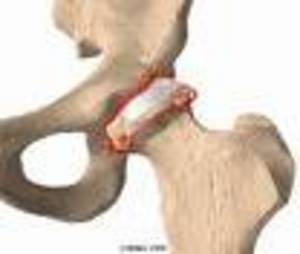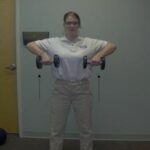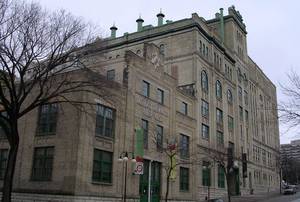Bone Spurs (Osteophytes)
A bone spur or ostophyte is a bony projection that forms along joints. They are seen in conditions like arthritis. The bone spurs limit joint motion and can cause major pain. A bone spur can cause extreme pain in the knee, elbow, hip, shoulder, spine, nose, mouth, heel, fingers, toes, or neck.
Bone spurs can be hard to identify as they are very small, but large enough to pinch at tiny nerves and cause extreme pain.
Bone spurs are common around the hip joints and can be caused by several things. Most often they are caused by arthritis (osteoarthritis). Arthritis affects cartilage which is the tissue that protects and cushions the ends of the bones in a joint. With osteoarthritis, the cartilage wears away over time. When the cartilage breaks down and wears away, friction occur from the bones rubbing together in movement. Friction from rubbing bones may lead to thickened growths called bone spurs. In very extreme cases the cartilage can completely wear away and there is nothing left to protect the bones in the joint. This causes bone-on-bone contact. Sometimes bones can also bulge or stick out at the end of a joint causing bone spurs.
Bone spurs can also be caused by bone damage. When the bone tries to heal itself, sometimes it over compensates and in the process a calcium build up occurs, forming a bone spur. The hip is a ball and socket joint. When this joint is affected by a bone spur, it severely limits motion, making walking, climbing and bending difficult and painful.
The hip joints carry your weight and may be at risk for the ‘wear and tear’ type of arthritis (osteoarthritis). This is the most common form of arthritis. The smooth and glistening articular cartilage on the ends of the bones help hip joints glide easily. This may wear thin and the first sign may be a little bit of discomfort and stiffness in the groin, buttock or thigh when you awaken in the morning. The pain gets worse when you become active and gets better when you rest.
If no treatment is sought, the condition worsens until rest no longer relieves the pain. The hip joint gets stiff and inflamed. Bone spurs build up at the edges of the joint. When the cartilage completely wears away, bones rub on bones and it makes it very painful to move. The ability to rotate, flex or extend your hip goes, and the muscles controlling the joint gets weak. Limping usually occurs at this point.
The diagnosis of a bone spur is done by magnetic resonance imaging (MRI) or computed tomography (CT) scans and x-rays. There are several treatment options for hip spurs and osteoarthritis. The first treatment your physician may recommend is to take prescription or over-the-counter, anti-inflammatory medications such as ibuprofen (Motrin or Advil), acetaminophen (Tylenol) or mild combinations of narcotics. Nutritional supplements may also be prescribed to provide some relief. These may include glucosamine. Also short-term physical therapy may help with strength and stiffness. Losing weight can also help decrease stresses on the hip joints if you are overweight.
Sometimes all the nonsurgical treatments do not help with pain and mobility and the condition gets worse. The doctor may recommend surgery. There are several kinds of surgical treatment options. The physician may suggest shaving bone spurs in the hip. This can postpone the need for a total hip replacement and give the patient some quality time before the more serious replacement surgery is necessary.




